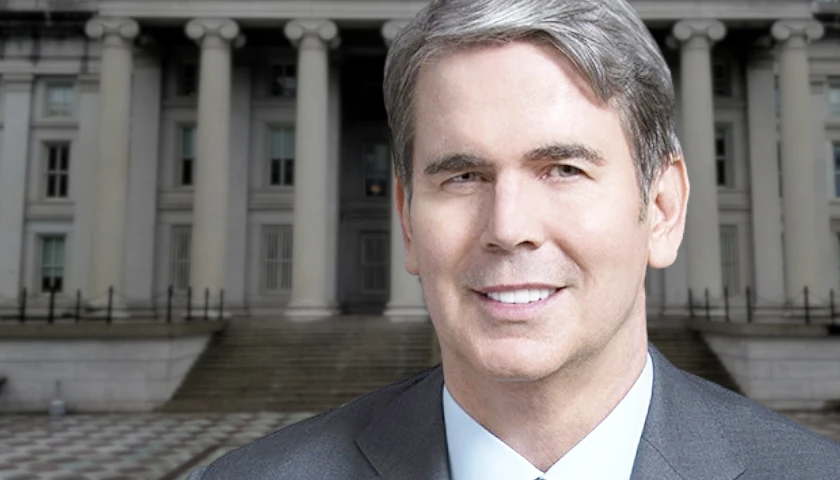by Casey Harper
Estimates vary widely on how much President Joe Biden’s $10,000-20,000 per borrower cancellation of student loans will cost taxpayers, but a new analysis estimates the significant cost of a less-covered aspect of Biden’s plan.
When Biden announced the debt cancellation, he also announced an extension of student loan repayments “one final time” through Dec. 31 of this year. In March of 2020, then-President Donald Trump first suspended the repayments citing COVID-19. Since then, the suspension has been extended several times. Interest does not accrue while the payments are suspended.
The Committee for a Responsible Federal Budget said this latest extension until January will add $20 billion to the deficit, bringing the total cost of repayment deferments to $155 billion.
“The repayment pause has now been extended seven times, lasting 33 months, bringing the total cost of the pause since the beginning of the pandemic through the end of this year to $155 billion,” CFRB said. “Nearly every borrower has benefited from interest cancellation during the current repayment moratorium while higher-than-expected inflation has eroded current balances. However, benefits have been highly uneven and extremely regressive.”
CRFB estimates the total cost of Biden’s debt cancellation at between $440 billion and $600 billion. They say the pause on loan repayments benefits higher-earning borrowers more so those with the most debt, like doctors and dentists, save the most.
“The pause disproportionately benefits borrowers in higher-paid professions because people in those professions tend to borrow more,” CFRB said. “They also earn a lot more; eight of the ten highest-paid occupations in America are types of medical doctors and the other two are types of dentists. A very small percentage of high-debt borrowers (who are almost entirely those with professional degrees) disproportionately benefit from the pause. Although only 7 percent of borrowers have over $100,000 of debt, their debt accounts for almost 40 percent of the amount outstanding in the loan portfolio. Those with over $200,000 of debt account for 2 percent of borrowers and 17 percent of the amount outstanding.
“Although cancellation is limited to those with family income making less than $250,000 (or $125,000 for individuals), it is based on 2020 or 2021 income – and few brand new doctors and lawyers made above this amount two years ago when in school, residency, or early in their careers,” CFRB added.
This federal spending, along with the hundreds of billions of dollars in spending to forgive the student debt, has economists raising the alarm about inflation.
As The Center Square previously reported, a NBC/Momentive survey reported that 59% of those surveyed said they are concerned that canceling student debt will raise inflation worse.
“Republicans are especially concerned: 81% of Republicans say student loan forgiveness will make inflation worse, nearly double the number of Democrats who say the same (41%),” Momentive said.
Former Obama administration economist Jason Furman said it would be “gasoline on the inflationary fire.”
“Pouring roughly half trillion dollars of gasoline on the inflationary fire that is already burning is reckless,” Furman wrote on Twitter. “Doing it while going well beyond one campaign promise ($10K of student loan relief) and breaking another (all proposals paid for) is even worse.”
– – –
Casey Harper is a Senior Reporter for the Washington, D.C of The Center Square Bureau. He previously worked for The Daily Caller, The Hill, and Sinclair Broadcast Group. A graduate of Hillsdale College, Casey’s work has also appeared in Fox News, Fox Business, and USA Today.
Photo “Dentist” by Anna Shvets.




